How to furnish an apartment without overspending
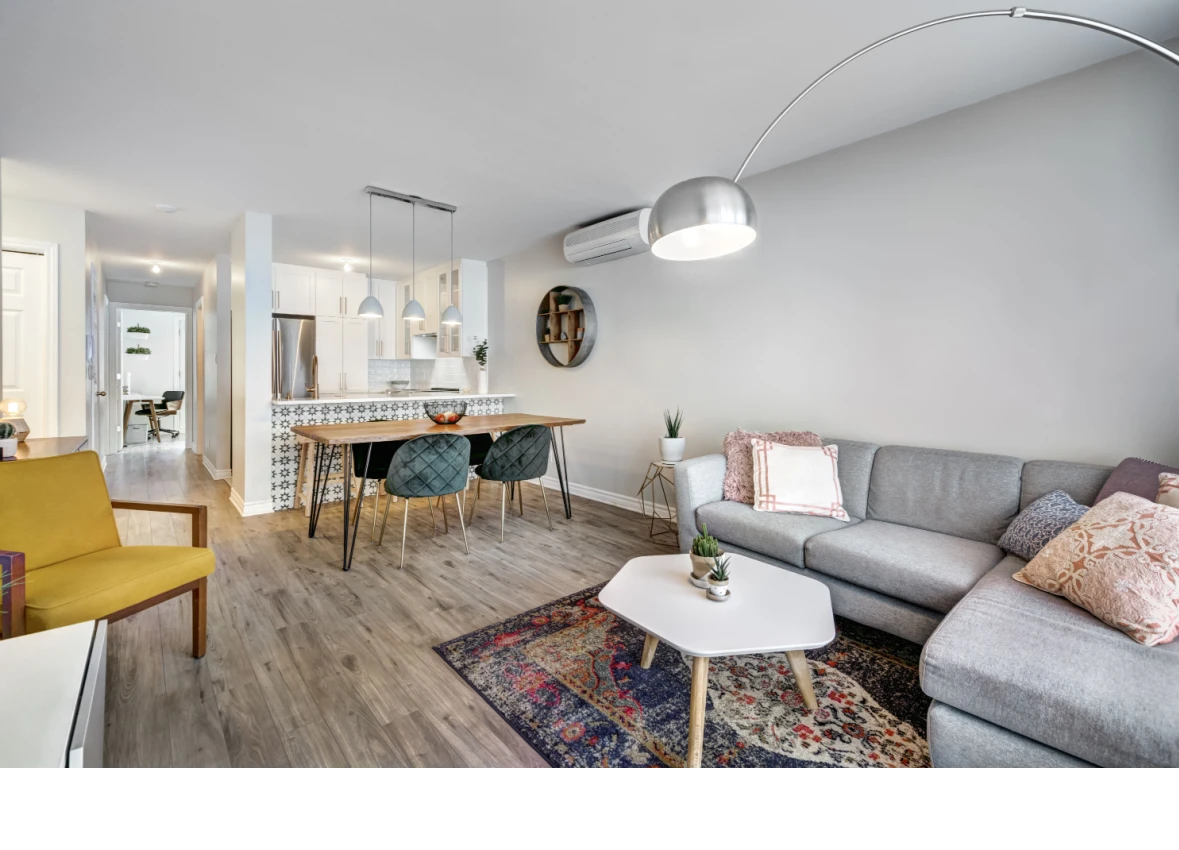
How Much to Furnish an Apartment: A Breakdown
Furnishing a rental unit is one of those behind-the-scenes tasks that can quietly make—or—break your tenant’s first impression. For landlords in Baltimore, the big question is how much to furnish an apartment without overspending, yet still attracting great tenants.
In this guide, we’ll walk through room-by-room estimates, explore furnishing styles that are known to work, and share smart tips to keep your costs in check without sacrificing quality. Wondering where to start? We’ve laid it all out below.
Main Takeaways
How much to furnish an apartment:
- Cost range: To answer, “how much to furnish an apartment,” it typically costs between $2,650 and $14,150, depending on style, quality, and the number of rooms.
- Budget-smart strategy: Prioritize essential furniture, mix durable and affordable pieces, and source second-hand items to cut costs without sacrificing appeal.
- Long-term value: A well-furnished rental attracts reliable tenants, reduces turnover, and enhances rental income—making it a strategic investment for landlords.
How Much to Furnish an Apartment, an Explanation
When it comes to furnishing rentals, there’s no one-size-fits-all formula—but seasoned Baltimore property managers can tell you what the range tends to look like. So, we turned to interior design expert, Furnishr, to find how much it costs to furnish an apartment, and the answer is: $2,650 to $14,150. Let’s break that down, room by room:
Living Room: $900 – $4,200
This is the focal point for most tenants, so furnishing it well can make a difference. Let’s look at the cost:
- Sofa: $500–$2,000
- Coffee table: $100–$500
- TV stand: $150–$600
- Area rug: $100–$800
- Lamps: $50–$300 each
This may seem like a splurge, but in our experience, it is well worth it. After all, the living room is the first place most prospective tenants will see in your rental. First impressions matter, so make yours count.
Bedroom: $900 – $5,200
For the bedroom, let’s break down the key furnishings and their estimated costs. These are the essentials most tenants expect, especially in a fully or semi-furnished unit.
- Bed frame: $200–$1,500
- Mattress: $300–$2,000
- Nightstands: $100–$500 each
- Dresser: $200–$800
- Bedding: $100–$400
Also, here’s a pro tip: for furnished rentals, consider offering an extra set of bedding or under-bed storage for added tenant convenience. Those little touches can make your rental seem more luxurious.
Kitchen & Dining: $400 – $2,600
Aside from the living room, the kitchen and dining room are the other central areas of an apartment. It’s where everyone gathers and socializes. It’s critical that you get this point right, so choose quality items for this space. Look at what many people spend here for a better idea:
- Dining table: $200–$1,500
- Chairs (per chair): $50–$300
- Cookware & utensils: $100–$500
- Small appliances (microwave, toaster, etc.): $50–$300
Particularly with the appliances, you want to be sure to buy quality pieces. We can tell you that what seems like a cheap buy now can cost you ten times more in repairs later.
Bathroom: $150 – $650
Even a basic bathroom setup matters when tenants move in. These are some of the core items you should include:
- Towels & linens: $50–$200
- Shower curtain & accessories: $50–$150
- Storage solutions: $50–$300
You don’t have to go overboard with this, but it’s important to make it look presentable. If every room is set up but this one, it will break the cohesion of a neatly organized home you’ve put together.
Miscellaneous: $300 – $1,500
If you don’t have these standbys, your home might look barren and incomplete. So, be sure to remember these pieces:
- Home decor: $100–$500
- Office setup (desk, chair): $200–$1,000
With these, you can be sure your home covers all the bases.
Furnishing Styles and Their Impact on Cost
How you furnish your rental directly affects your bottom line. From the vibe you create to the tenants you attract, style choices play a bigger role than just aesthetics—they shape long-term value. Let’s break down how different furnishing styles influence costs and what landlords should keep in mind.
Minimalist & Budget-Conscious
This style focuses on essentials only: clean lines, functional pieces, and no unnecessary extras. Think IKEA-style furniture, compact dining sets, and neutral color palettes. From what we’ve observed, it tends to work best for first-time landlords or those furnishing long-term units where tenants may bring their own flair.
Also, if you go this route, keep it simple—but sturdy. A sleek, basic setup still needs to hold up to daily use. Like we said earlier, if you choose pieces that aren’t durable, you may have to make more replacements or repairs over time.
Mid-Range Comfort & Style
Here, you’re stepping up in quality—going for pieces that are both comfortable and visually appealing. We’ve seen that this is best for professionally managed units, mid-tier rentals, or professionals. This range hits the sweet spot. It balances comfort, durability, and design without stretching your budget too far. Yes, you’ll spend more upfront, but you’ll typically attract tenants who stay longer and treat the space better.
Fully Furnished & Stylish
This level brings the “wow factor.” It’s for landlords offering short-term rentals, furnished corporate housing, or high-end units. To give you an idea, expect cohesive design themes, layered décor, and higher-quality materials. The more intentional the style, the more confident and comfortable the tenant feels, especially in fully furnished listings. For sure, it’s an investment—but one that can pay off through higher rents, better reviews, and less vacancies.
Tips for Furnishing Rentals on a Budget
Furnishing an apartment doesn’t have to mean cutting corners—it’s about being strategic. In cities where price points and tenant needs vary widely from neighborhood to neighborhood, you can create attractive, functional spaces without blowing the budget. So, here are smart ways to furnish your rental property affordably—without compromising on quality:
Start With the Essentials, Not the Extras
It’s easy to get carried away with design ideas but focus first on what a tenant needs to live comfortably. For example, they’ll need a solid bed and mattress, a functional sofa and table, and kitchen basics. Everything else can come later.
Source Smart: Go Local and Second-Hand
Try to tap into a solid network of resale and thrift stores, estate sales, and Facebook Marketplace listings. By doing that, you can find quality wood furniture for a fraction of retail price. Plus, many sellers offer bulk deals—perfect for landlords furnishing multiple units. It’s a win-win.
Pro Tip: Search by neighborhood—you’ll often find better prices in suburban listings compared to downtown areas.
Mix and Match High-Use Items with Budget-Friendly Pieces
Invest in what tenants will use most: mattresses, sofas, and dining chairs. Then, save on less-used items like side tables, art, or decorative pieces. So, you can be sure tenants have both, but you don’t have to necessarily overspend on both.
Keep It Neutral, Functional, and Durable
Trendy is tempting—but neutral sells. Also, trends change, and what seems cutting-edge today may seem tacky in the years to come. It’s a better bet to focus on classics that are always in style. So, stick to grays, browns, and off-whites for furniture. In addition, choose materials that are easy to clean and hold up well to wear and tear. This way, tenants can feel at home, no matter the era, and you can get a space that still looks good after several lease cycles.
Buy in Phases if You’re Short on Budget
Furnish the most important rooms first. If you’re managing cash flow, complete the living room and bedroom first. Then, add kitchen extras and décor after occupancy begins, if needed. This works especially well for long-term rentals where tenants often bring their own extras anyway.
Think Like a Guest, Not Just a Landlord
This is one tip we tell all of our clients: walk through the unit with fresh eyes. Would you be excited to live here? Is there enough light, seating, storage, and privacy? When you furnish with intention, not excess, you make your rental memorable.
How to Make Your Rental Stand Out with Furnishings
In markets where tenants have plentiful options, the right furniture can set your unit apart. You don’t need designer pieces—just smart choices that show you’ve thought about comfort, style, and function. Here’s what works, in our years of experience:
Go for a Cohesive Look: Choose a color scheme and stick to it. Even basic furniture looks better when it’s coordinated. Matching tones in the living room (like grey and wood accents) can instantly elevate a space.
Add a Few “Wow” Pieces: You don’t need to spend a fortune—just one or two standout items. For instance, a soft area rug, a stylish light fixture, or a framed mirror or bold wall art could work wonders.
Don’t Skimp on Comfort: A good mattress and a decent couch go a long way. Tenants remember comfort, especially after a long day or their first night in the unit.
Make It Move-In Ready: Be sure to add the extras tenants don’t want to think about. For one, make sure the curtains or blinds are already installed, the lamps have working bulbs, and that there’s a clean shower curtain and a place to hang towels. These details help your property feel like home from day one.
All in all, to answer, “how much to furnish an apartment,” it can cost from $2,650 to $14,150, depending on the style and quality you choose. To maximize appeal and stay within budget, you should prioritize essentials, source smartly, and balance durability with aesthetics to attract tenants and enhance your long-term rental value.
Source: Bay Property Management Group

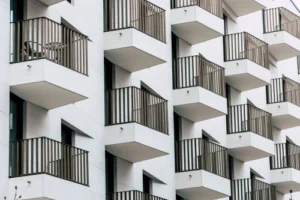
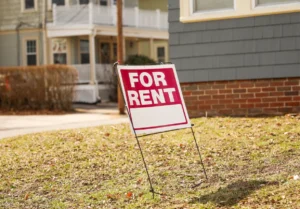
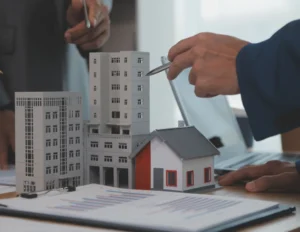
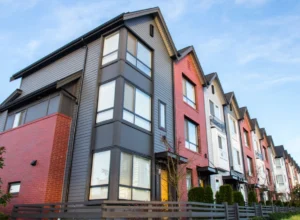


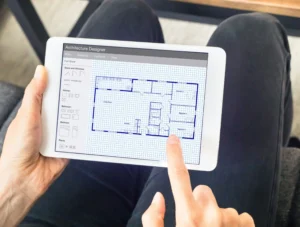





 Accessibility
Accessibility